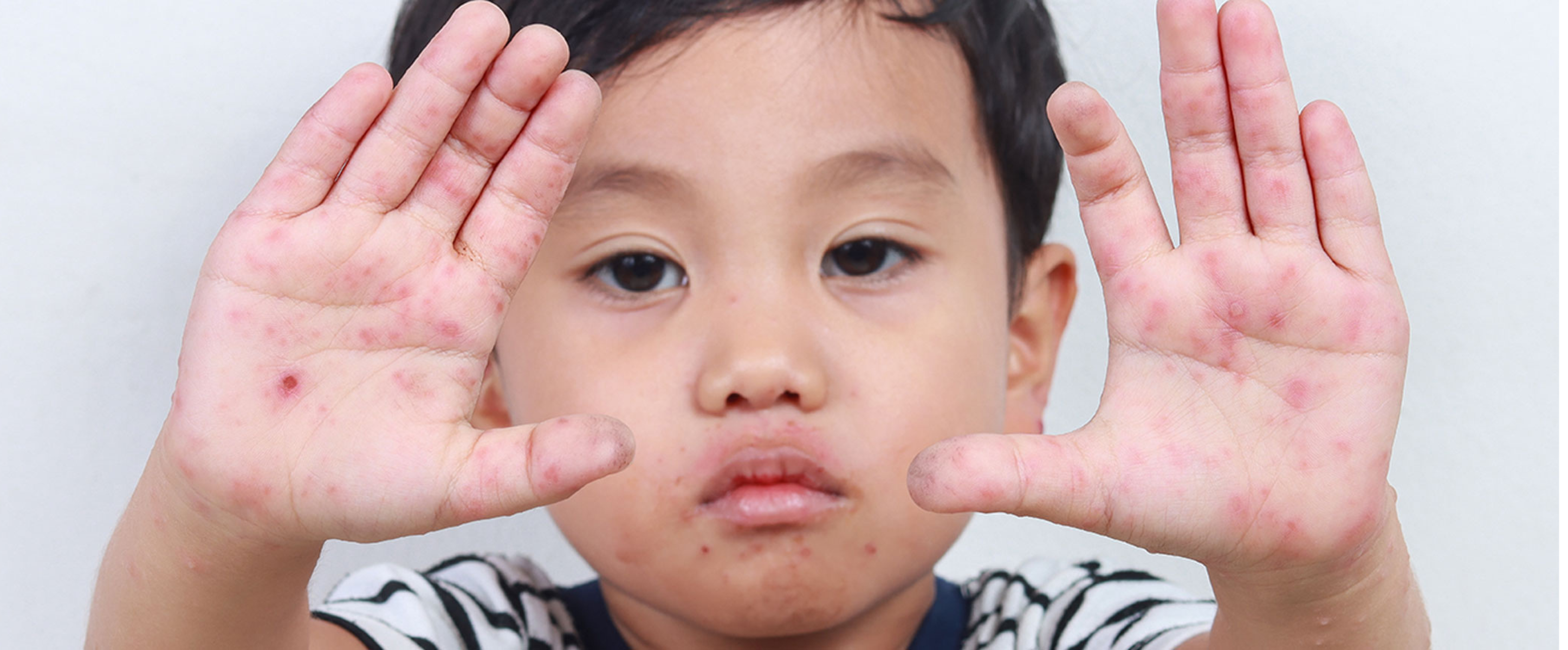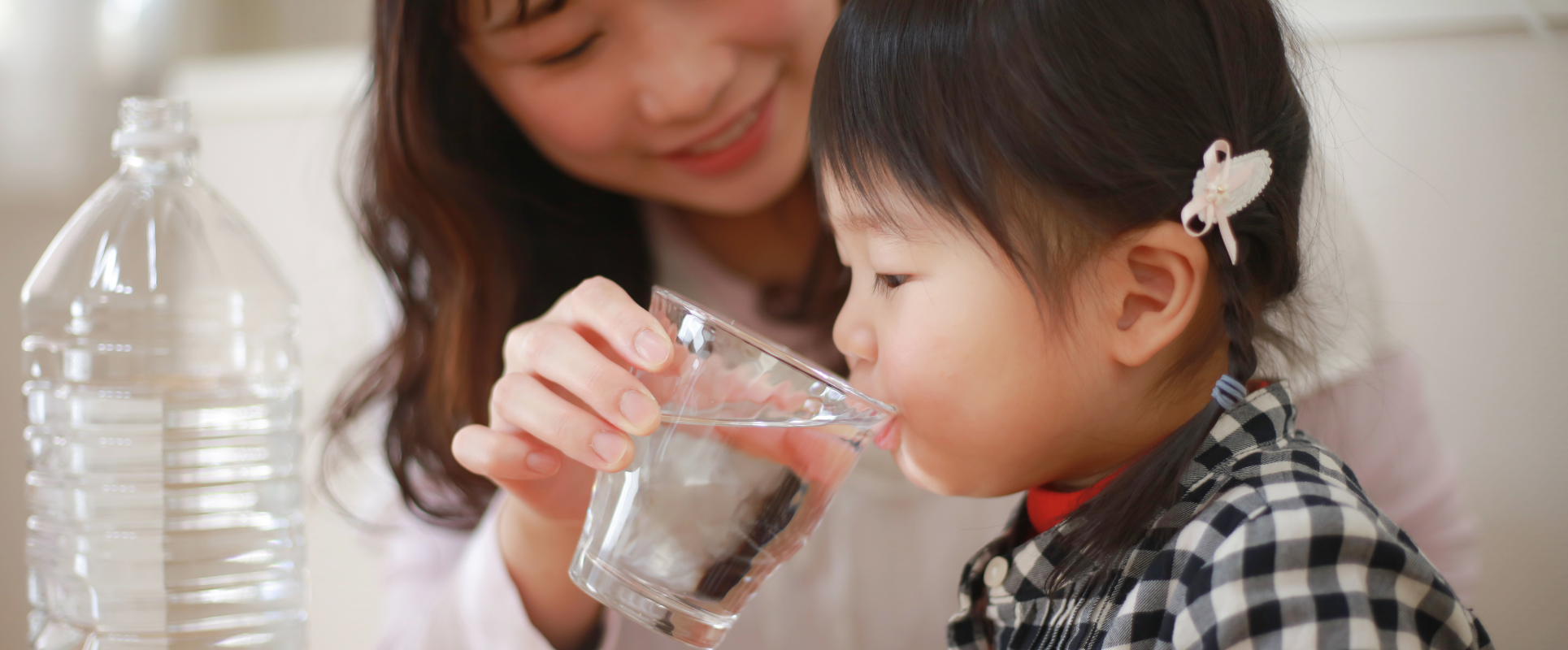
Hand, Foot and Mouth Disease (HFMD) in Children: Symptoms, Causes, Treatment and Prevention
Hand, Foot and Mouth Disease (HFMD) is a highly contagious viral illness that mainly affects infants and young children under the age of five. While generally mild, in rare cases it can lead to serious complications if not monitored and managed properly. This article outlines the causes, symptoms, treatments and key prevention strategies every parent should know.
1. What Is HFMD?
HFMD is caused by viruses from the Enterovirus family, most commonly Coxsackievirus A16 and Enterovirus 71 (EV71). The disease spreads easily through contact with saliva, stool, nasal mucus or fluid from blisters of an infected person. It is particularly common in childcare settings.
2. Symptoms of HFMD in Children
Symptoms usually appear 3–7 days after exposure and include:
-
Mild fever and general fatigue
-
Sore throat and reduced appetite
-
Red spots or small blisters on the hands, feet, mouth, buttocks or knees
-
Painful mouth ulcers that may make eating or drinking difficult
When to See a Doctor Immediately
-
High fever over 39°C (102.2°F)
-
Persistent crying or unusual drowsiness
-
Vomiting or signs of dehydration (dry mouth, no tears, sunken eyes)
-
Fast breathing or bluish skin tone
3. Is HFMD Dangerous?
In most cases, HFMD resolves within 7 to 10 days. However, infections caused by Enterovirus 71 can lead to serious complications such as:
-
Viral meningitis
-
Encephalitis (brain inflammation)
-
Myocarditis (heart inflammation)
-
Respiratory failure
Early recognition and proper home care can prevent complications.
4. How HFMD Spreads
HFMD is highly contagious and spreads via:
-
Direct contact with bodily fluids (saliva, mucus, stool)
-
Touching contaminated surfaces (toys, doorknobs, towels)
-
Respiratory droplets from coughing or sneezing
5. Treatment for HFMD
There is no specific antiviral medication for HFMD. Treatment is supportive and includes:
-
Paracetamol (acetaminophen) to reduce fever
-
Antiseptic mouthwashes or sprays to relieve mouth ulcers
-
Cool fluids and soft foods to stay hydrated and reduce pain
-
Plenty of rest and observation at home
Avoid antibiotics or corticosteroids unless prescribed by a healthcare provider.
6. Prevention Tips
-
Wash hands frequently with soap and water
-
Disinfect toys, shared items and frequently touched surfaces daily
-
Keep sick children at home until they are symptom-free for at least 7 days
-
Avoid close contact with infected individuals
-
Follow health authority alerts on local outbreaks
Conclusion
HFMD is a common childhood illness, but with informed care and hygiene practices, most cases resolve quickly. Recognizing symptoms early and preventing spread are the keys to protecting your child and others in your community.








